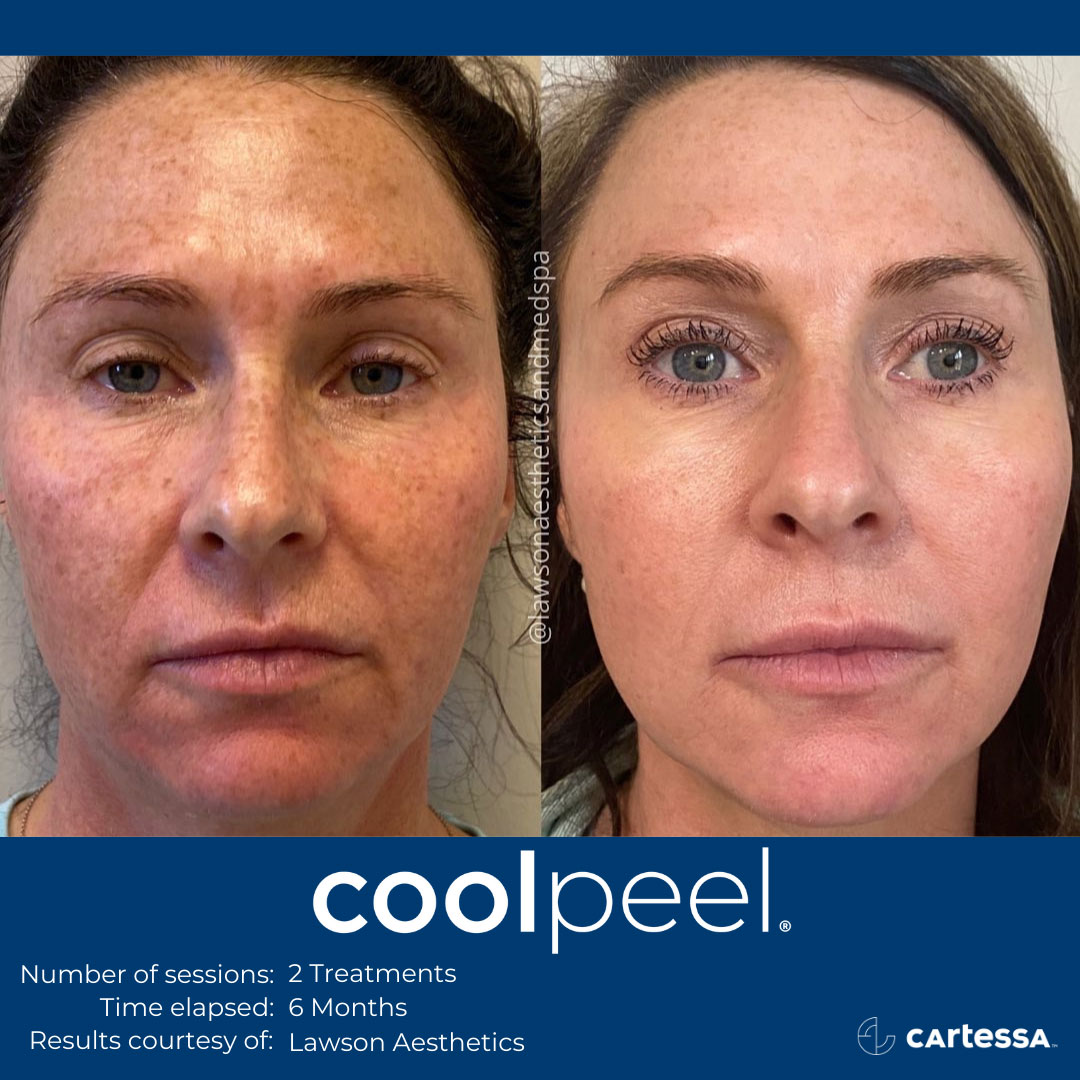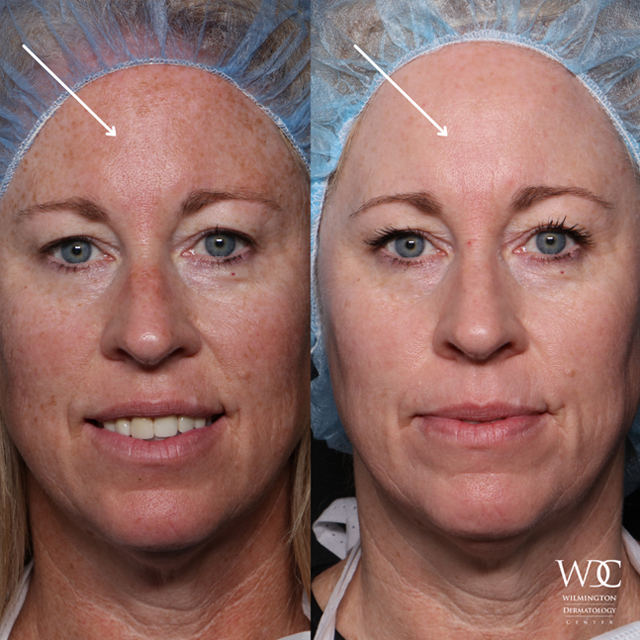Discovering the most recent Patterns in Dermatology: Innovations and Therapies
As the area of dermatology proceeds to advance, groundbreaking innovations and innovative therapy approaches are changing client treatment. From the rise of telemedicine to the increasing use of man-made knowledge, these innovations use improved analysis accuracy and tailored therapy choices.
Introducing Technologies in Dermatology: A Closer Appearance

The Rise of Personalized Dermatology Treatments
With the introduction of advanced innovations in dermatology, a noteworthy shift is observed towards more tailored treatment approaches. These techniques usually stem from the understanding that each person's skin is unique, needing customized treatment. Ultherapy. Customized therapies aim to address certain skin problems based on hereditary info, lifestyle factors, and specific feedbacks to treatments
Individualized dermatology treatments can vary from bespoke skincare items to tailored therapeutic plans. These approaches have proven efficient in managing numerous skin problems, consisting of acne, eczema, rosacea, and early aging. They additionally reduce the danger of damaging reactions, as treatments are lined up with the client's particular skin profile. The increase of tailored dermatology therapies symbolizes a profound adjustment in client care, highlighting the individual's distinct requirements and actions.
Dermatology and the Influence of Artificial Knowledge
While tailored treatments revolutionize patient treatment in dermatology, another significant transformation is brought about by the combination of fabricated intelligence (AI) AI's possible prolongs to forecasting treatment end results and customizing treatment plans, boosting the effectiveness of the existing method. Regardless of these obstacles, the influence of AI on dermatology is he said undeniable, directing towards a future where innovation and human know-how work in tandem for enhanced person care.
The Expanding Popularity of Non-Invasive Dermatological Treatments
In the world of dermatology, a notable change is being observed in the direction of non-invasive procedures. The fad mirrors a broader social choice for quick, effective treatments with little disturbance to day-to-day life. As this field proceeds to expand, it is anticipated to shape the future useful site of skin-related treatments considerably.
Arising Organic Treatments in Dermatology
Are organic treatments the following frontier in dermatology? Existing patterns recommend a positive answer. Organic treatments utilize the body's immune system to eliminate illness, such as psoriasis and atopic dermatitis. These treatments function by targeting specific components of the immune system, instead of taking a broad-spectrum strategy. They have the potential to give much better long-term monitoring of these conditions, boosting clients' quality of life. One such treatment is Dupilumab, a monoclonal antibody that blocks 2 proteins creating inflammation. Various other biological treatments, like TNF preventions and IL-12/ 23 inhibitors, have actually also revealed promise. Regardless of their benefits, these treatments are not without side impacts, and they require careful surveillance. However, their development represents a substantial change in skin-related therapy techniques.
Conclusion
The landscape of dermatology is rapidly advancing, with improvements in telemedicine, artificial intelligence, and non-invasive straight from the source treatments blazing a trail. Individualized treatments and arising organic therapies are redefining patient care. These advancements highlight the sector's commitment to innovation and improved person end results. As dermatology remains to adapt and expand, it remains a vibrant field that is positioned to supply significantly effective and targeted therapies.
As the area of dermatology continues to develop, groundbreaking innovations and innovative treatment strategies are changing person treatment.With the development of sophisticated innovations in dermatology, a remarkable change is observed in the direction of even more customized treatment approaches. Tailored treatments aim to address specific skin problems based on hereditary information, way of living variables, and private responses to therapies.
The surge of personalized dermatology therapies represents an extensive adjustment in patient treatment, highlighting the individual's special requirements and responses.
